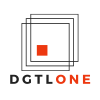Artificial intelligence and machine learning affect technology and play an increasing role in the creative industries by ushering in a new era of AI-generated art.
The term “artificial intelligence” was coined relatively recently in 1955, but the idea of smart machines that do our bidding has far deeper roots, going back to the ancient myths of Greece, India, and China. Perhaps that’s why AI impacts our imagination and why, in recent years, there’s been so much hype surrounding the technology.
But AI is not a myth, nor is it a magical machine. It’s a technology like any other that has reached a new plateau in productivity after decades of research. Cheap processing power and abundant data have made this possible, and AI and machine learning are now useful tools in various fields, including astronomy, health care, transportation, and art.
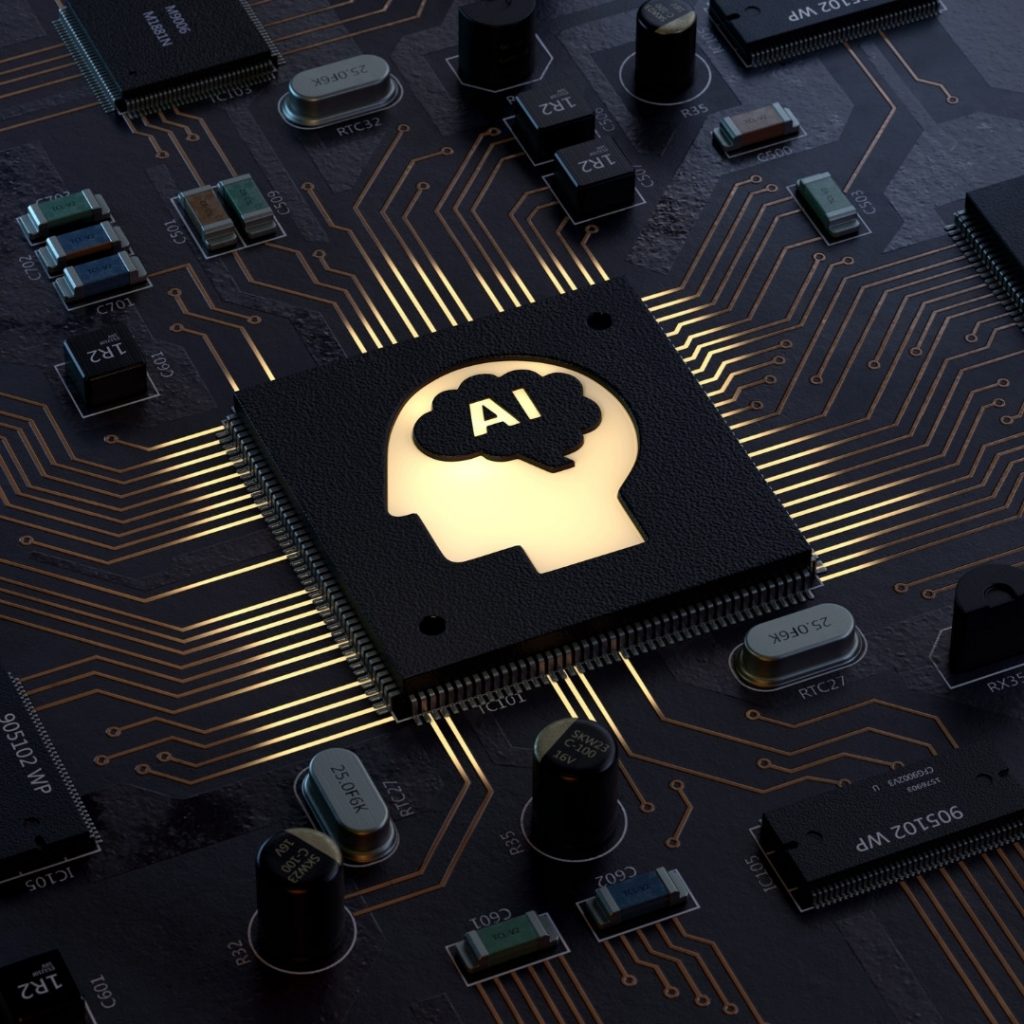
Artificial intelligence is growing at a breakneck pace, it has emerged in recent years as a powerful tool to mimic the human process of creating art. Imagine creating a digital painting without ever picking up a paintbrush or instantly generating storybook illustrations to accompany the words.
AI has even gotten smart enough to generate its own works of art; some tools available today are becoming more advanced and getting proficient at creating surprisingly realistic images. It’s not enough for an AI system to just generate content. To realize AI’s potential to push creative expression forward, people should be able to shape and control the content a system generates. It should be intuitive and easy to use so people can leverage whatever modes of expression work best for them, whether speech, text, gestures, eye movements, or even sketches, to bring their vision to life.
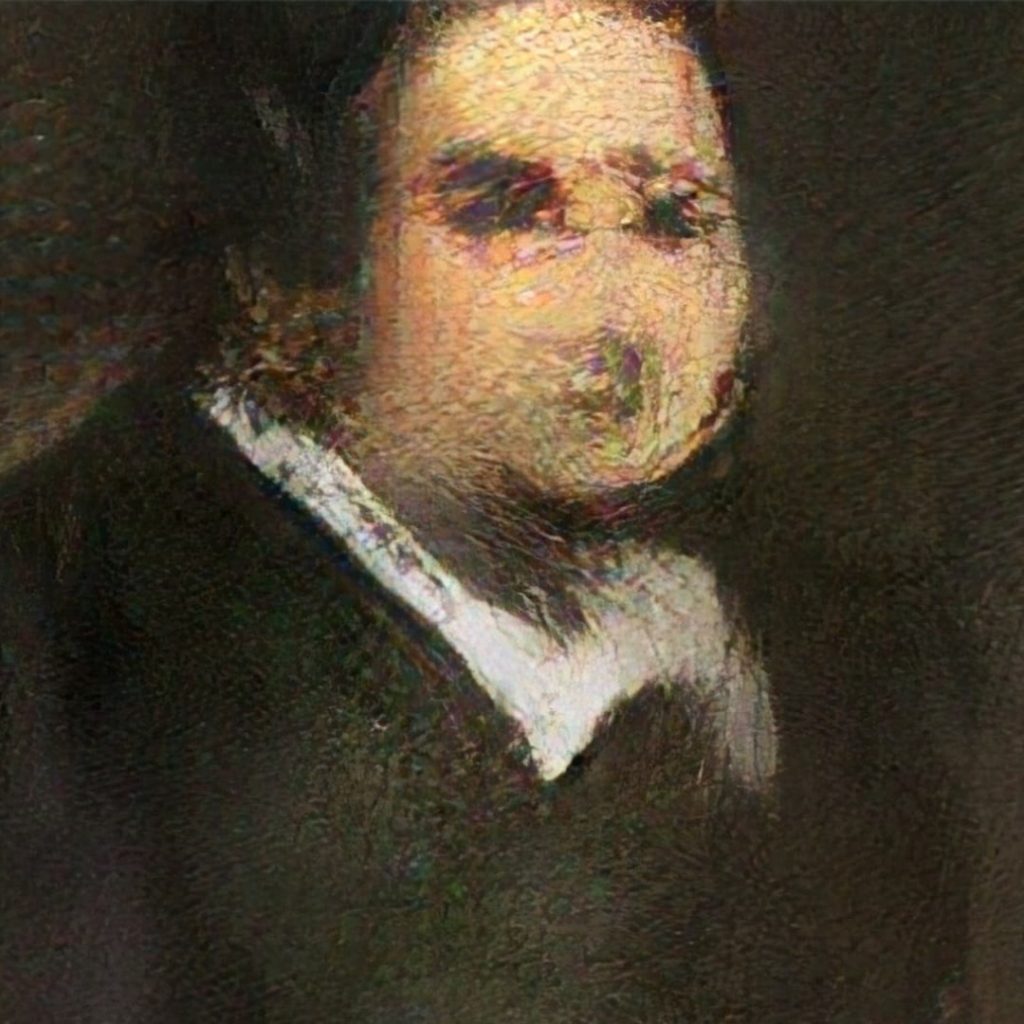
But what usually happens to useful technologies is that they disappear or are not embraced. Any technology destined to change the world needs scrutiny, and AI, with its combination of huge imaginative presence and very real, very dangerous failings, needs that scrutiny more than most.
Services like DALL-E 2, Midjourney, Craiyon, Parti, and Imagen have taken the world by storm; the internet’s response to these crazy yet sometimes eerily realistic generations has been overwhelming and even scandalous.
One of the drawbacks of AI is that it can lead to job cuts or replace some professions because of automating away or taking over all human tasks, including those in art, film, and other creative industries.
So what do artists really think of these services?
Some creatives fear for their livelihoods because a new generation of AI image tools can reproduce an artist’s signature style. One of these artists is the famous Swedish artist Simon Stolenhage, known for haunting paintings that blend natural landscapes with the eerie futurism of giant robots, mysterious industrial machines, and alien creatures.
Stolenhage has argued while borrowing from other artists is a “cornerstone of a living, artistic culture,” he dislikes AI art because “it reveals that that kind of derivative, generated goo is what our new tech lords are hoping to feed us in their vision of the future.”
Earlier this week, Stolenhage appeared to experience some dystopian dread when he found that artificial intelligence had been used to mimic his style.
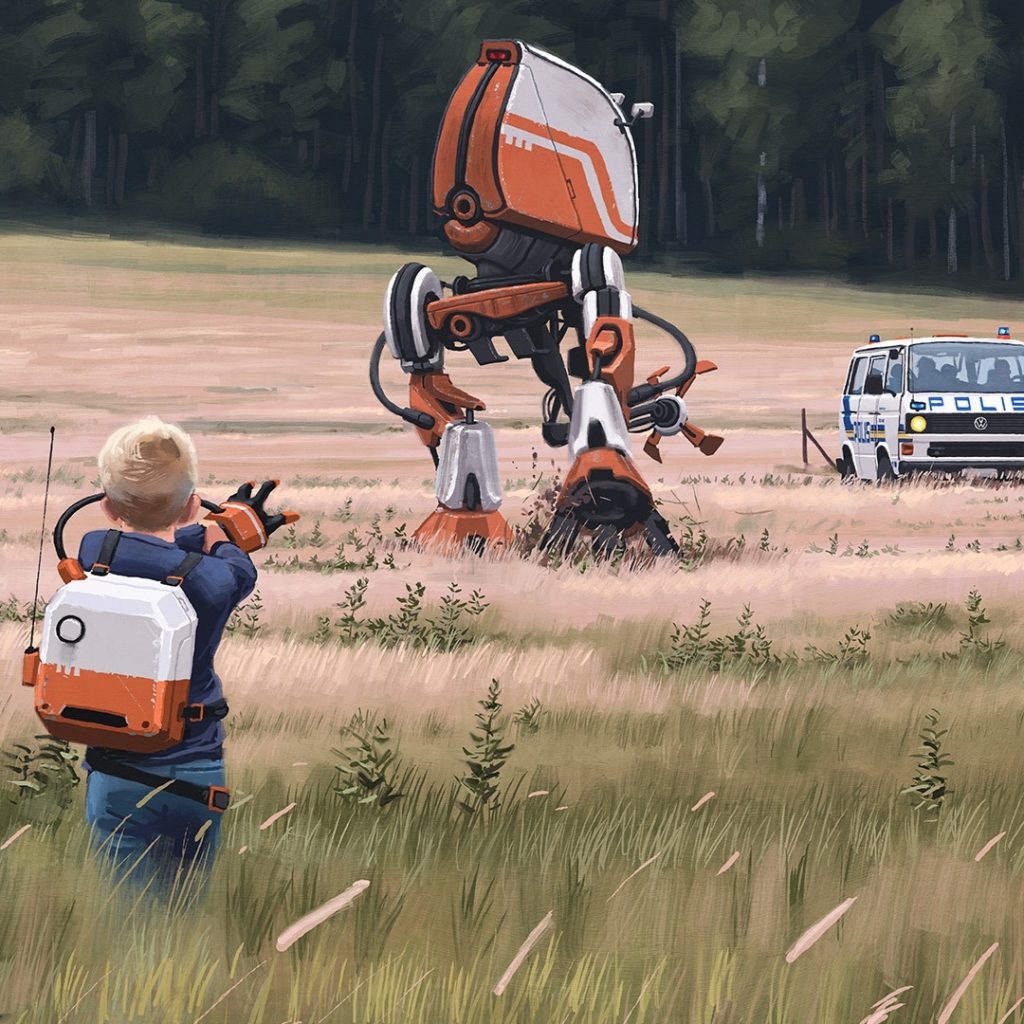
And that’s because Andres Guadamuz, a reader in intellectual property law at the University of Sussex who has been studying legal issues around AI-generated art, used a service called Midjourney to create images resembling Stolenhage’s spooky style and posted them to Twitter. In such a way, he wanted to highlight the legal and ethical questions that algorithms that generate art may raise. Midjourney is just one of many AI programs capable of churning out art on demand in response to a text prompt, using machine learning algorithms that have digested millions of labeled images from the web or public data sets.
Guadamuz argues that Stolenhage’s lawsuits claiming infringement are unlikely to succeed because while a piece of art may be protected by copyright, an artistic style cannot.
After battles on Twitter, Stålenhag says that he objects to how Guadamuz framed his stunt and doesn’t view the AI images mimicking his work as plagiarism because of how novel they look and thinks that tools like the one used might prove useful for exploring new artistic ideas. But Stolenhage does not like the way new technologies can be set up to enrich already powerful tech companies and CEOs. “AI is the latest and most vicious of these technologies,” he says. “It basically takes lifetimes of work by artists, without consent, and uses that data as the core ingredient in a new type of pastry that it can sell at a profit with the sole aim of enriching a bunch of yacht owners.”
Who agrees with the artist’s words? Put a finger up on the video!
AI has been generating art for decades. Still, a new AI-generated DALL-E project began in January 2021 when OpenAI announced it had created an AI that could generate simple images from a string of text.
In April this year, the company announced DALL-E 2, which can create photos, illustrations, and paintings that are almost indistinguishable from human-made ones. This July OpenAI announced that the technology would be made available to the public to use it for commercial purposes.
OpenAI restricts what users can do with the service, using keyword filters and tools capable of spotting certain types of images that might be considered offensive. Others have built similar tools—such as Midjourney, used by Guadamuz to mimic Stålenhag—which can differ in their rules about appropriate use.
As the access to AI art generators begins to widen, more artists are raising questions about their capability to mimic the work of human creators.
Among those who fear losing their jobs due to AI skills is R.J. Palmer, who specializes in drawing fantastical creatures and worked as a concept artist on the movie Detective Pikachu.
His curiosity about the DALL-E 2 AI drove him to try it out, but he was also a little nervous about what it might mean for his profession. He was shocked to see people using the open source image generator, Stable Diffusion, exchanging tips on generating art in different styles by adding artists’ names.
David Oreilly, a digital artist, is also critical of DALL-E, for him, the idea of using these tools to feed on past work to create new works that make money feels wrong. He considered that they don’t own any of the material they reconstitute, it would be like Google Images charging money.
How do the inventors of this technology feel about this?
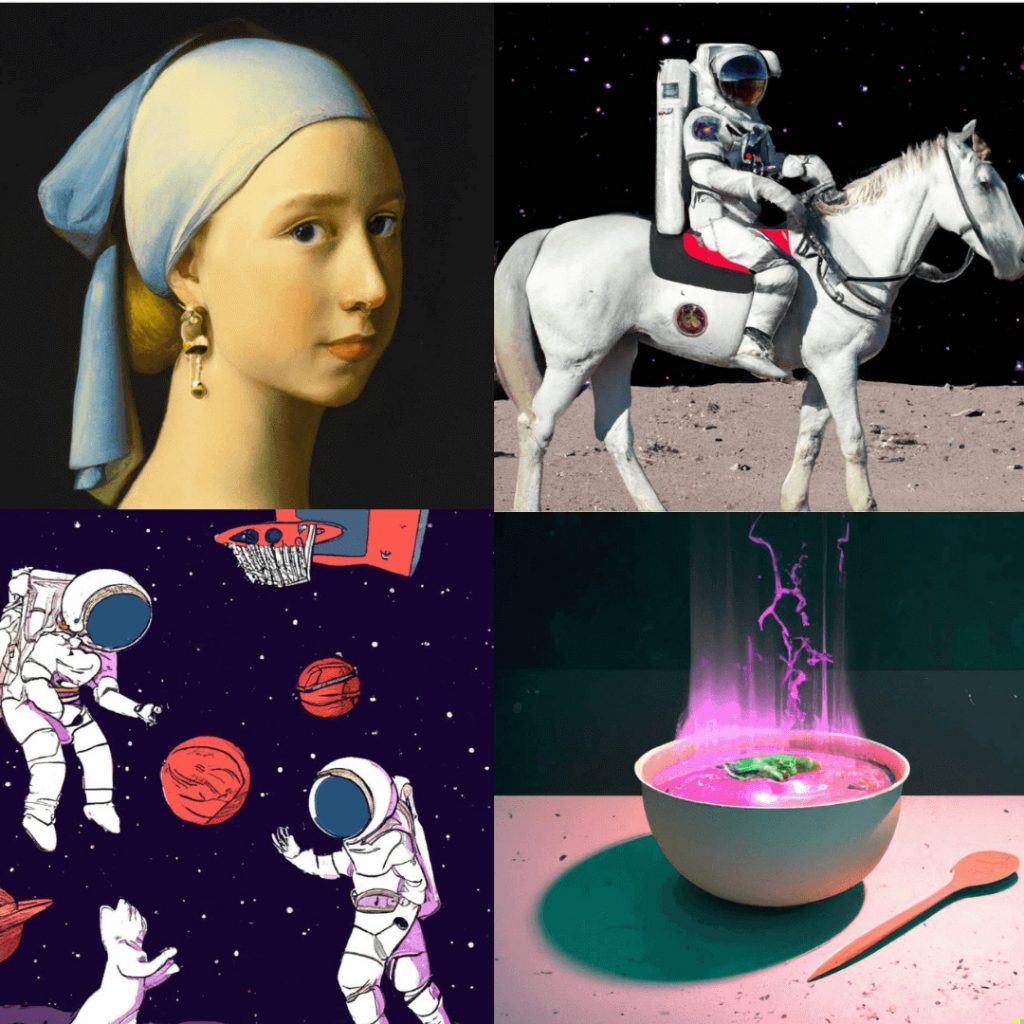
Hannah Wong, a spokesperson for OpenAI, stated that the company’s image-making service was used by many artists and that the company had sought feedback from artists during the tool’s development. She argued that copyright law has adapted to new technology in the past, so it will need to do the same when AI-generated content is created. The company should continue to seek artists’ perspectives and look forward to working with them and policymakers to protect their rights.
Although Guadamuz believes it will be difficult for people to sue others for copying their work with the aid of AI, he is aware that there will be lawsuits.
One of the legal risks of AI-assisted copyright infringement is that if you are too lazy to develop your own logo, or design something original, then someone else can make a profit from it.
The future is, in many ways, already here. Creativity from hobbyists, artists and marketers can be fueled by AI. The latest advances in the world of artificial intelligence have led to the development of new algorithms and high-performance tools. This new relationship between humans and artificial intelligence as a tool offers a new perspective for artists. Through AI, the design and production of artworks will be facilitated, and possibilities sometimes never imagined before will be accessible to all. Just like the brush is to painting and the piano is to music, AI is just an instrument that facilitates an artist’s creation—it’s not the creator. And its creative potential depends on how humans use it. All it takes to create a new world is to use human creativity and experiment with the emerging set of AI tools.
